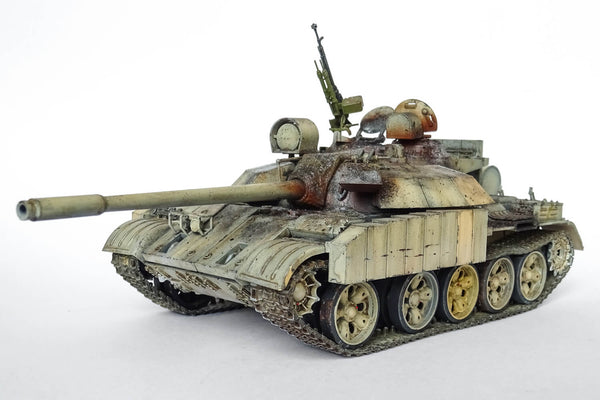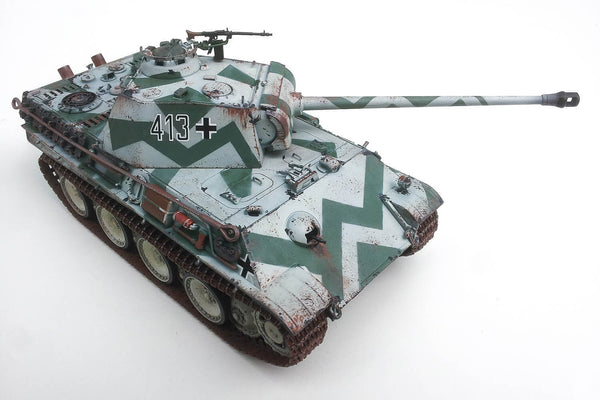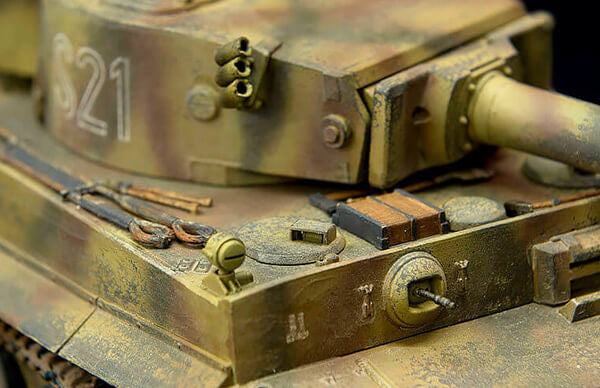Brushing vs Airbrushing

If you are new to modelling, or are considering trying an airbrush for the first time, it might be useful for you to know what are the pros and cons of brushing and airbrushing are, and what you should base your decision on when choosing between the two.
Versatility
Generally, a brush is considered more versatile than an airbrush, because with enough skill and practice you can do any kind of painting with a brush alone. The Airbrush is perfect for large areas, whereas the brush allows you to paint the smallest details. Technically it is possible to do detailed work with an airbrush, but this requires a lot of experience.
Equipment
All you need to paint your models with a brush is a brush itself and the necessary paints. Everything above that, for example palettes for mixing your colours or empty jars for keeping them are helpful too, but it is a matter of choice. For airbrushing, you need an airbrush, an air compressor, special paints designed for airbrush use, or regular paints and a thinner to dilute them before usage, and some protective equipment (see the next point).

Safety
Spraying paints causes fumes, so you will have to wear a filter mask, which is not necessary for using brushes. You might choose to do your airbrushing outside the house, for example in a garage. If you are doing it at home, make sure you have enough ventilation and protect the surrounding areas and your clothes from possible overspray.
Price
Several good brushes will cost you less than £20 or $27 (about £3 or $4 each). To get a good airbrush you will probably have to spend between £100-150 ($130-200) plus the same amount of money or more for an air compressor. It is of course possible to buy a starter kit fairly cheap with everything you need included, but usually trying to save a bit of money when buying airbrushing equipment is not a good idea. A high quality airbrush will not only make it easier for you to achieve greater results, but will also serve you well for a much longer time if properly maintained.

Even coating
It is much easier to achieve an even layer of paint on your models when you are using an airbrush, provided that you’ve chosen good quality paints. Remember that some paints need to be thinned before airbrush use, while others already have a consistency suitable for this purpose. Brushing can leave brush marks, and some areas may turn out thicker than others. Using an airbrush will help you to avoid these problems. Moreover, in some cases an airbrush allows you to paint areas which would be difficult or impossible to reach with a brush.
Cleaning
Both brush and airbrush require cleaning when you change colours and after you’ve finished painting. However, this procedure is far more time consuming if you are using an airbrush. Every time you want to change a colour or if you have painted everything you needed, you should clean your airbrush thoroughly using a special cleaner or thinner. This is very important, because the majority of problems with an airbrush can be avoided by regular cleaning.
Conclusion
We believe that in order to achieve great results on various types of models (figures, armour, etc.), the best option is to have a number of brushes of different sizes and an airbrush. In this case you will be able to choose your tools based on the work you are doing – airbrushing for larger areas, subtle lines and certain camouflages, and brushing for smaller details, for example figure faces or hands.
Good luck with your models!
Leave a comment
Comments will be approved before showing up.




Panzer Models
Author